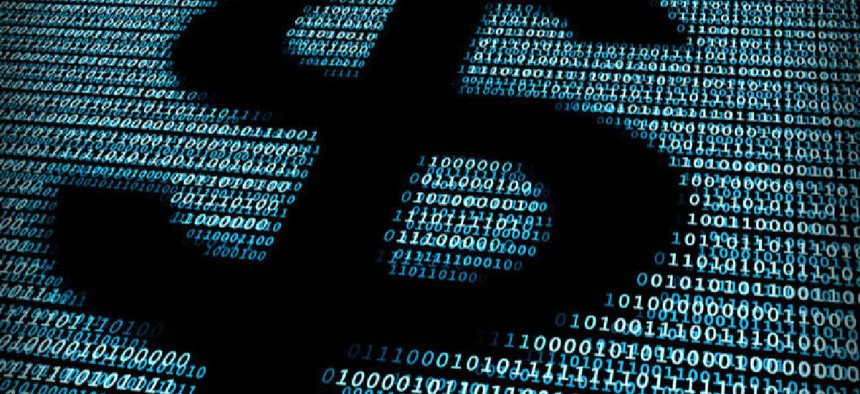IRS tech, CISA funding in Build Back Better

An effort to put $3.5 billion into key governmentwide tech modernization accounts appears to have come up short in the Build Back Better bill, but there's still a lot of technology spending on the table.

The framework and the bill text for the Build Back Better Act was released on Thursday – a $1.7 trillion package designed to support housing, child care, clean energy and access to health care that reflects a compromise between House progressives and the most conservative Democrats in the Senate.
The bill features multiple technology investments, but does not contain a proposed $3.5 billion investment included in the House Oversight Committee's markup for the Technology Modernization Fund (TMF) and the Federal Citizen Services Fund (FCSF) at the General Services Administration or the IT Oversight and Reform account at the Office of Management and Budget.
The bill does include a 10-year $4.75 billion investment in IRS business systems modernization on top of regular appropriations for the program. IRS modernization is seen by supporters of the legislation as a key piece of improving tax collection. The $4.75 billion is earmarked for customer service improvement and the development of call-back technology but not maintenance of legacy systems. The tax agency's master file system is more than 60 years old and runs on outdated computer language. A recent oversight report found that needed upgrades to IRS systems were running behind and may not be completed until 2030.
The bill also includes $15 million for the IRS to produce a report on the cost and viability of the agency running its own free electronic tax filing system.
There's at least $500 million in cybersecurity funding tabbed for the Cybersecurity and Infrastructure Security Agency, including $100 million for securing federal civilian systems that aren't deemed "national security systems," $50 million for cloud security, $50 million for industrial control systems security and $20 million to support migration to the dot-gov domain by state, local and tribal governments. There is also support for various workforce and training activities. The funds are good through the close of fiscal year 2031.
While GSA won't be seeing an increase to the TMF or FCSF, the agency is getting $975 million to support emerging and sustainable technologies and $3.25 billion to purchase goods and services in support of energy efficiency and to lower the carbon footprint of the department. There's also $2.995 billion for the acquisition of electric vehicles.
The U.S. Postal Service is also in line to receive $6 billion for electric delivery vehicles and infrastructure support.
The bill reflects the framework agreed upon by Democratic lawmakers in the House and Senate, but it still has not been subject to any vote. Next steps include the House Rules Committee developing a plan to debate and amend the legislation and the Senate considering the bill under the complex reconciliation process, which requires a simple majority vote to proceed rather than the ordinary 60-vote majority need to advance bills in the Senate.
"Any single element of this framework would fundamentally be viewed as a fundamental change in America," President Joe Biden said in the in a speech in the White House on Thursday. "Taken together, they’re truly consequential."
The Build Back Better legislation is designed to be passed alongside a bipartisan infrastructure bill that has already passed in the Senate. House Democrats, especially progressives, were pushing for the Build Back Better legislation to be introduced and even passed in the Senate before voting on the bipartisan measure to ensure that both pass and are signed into law.






